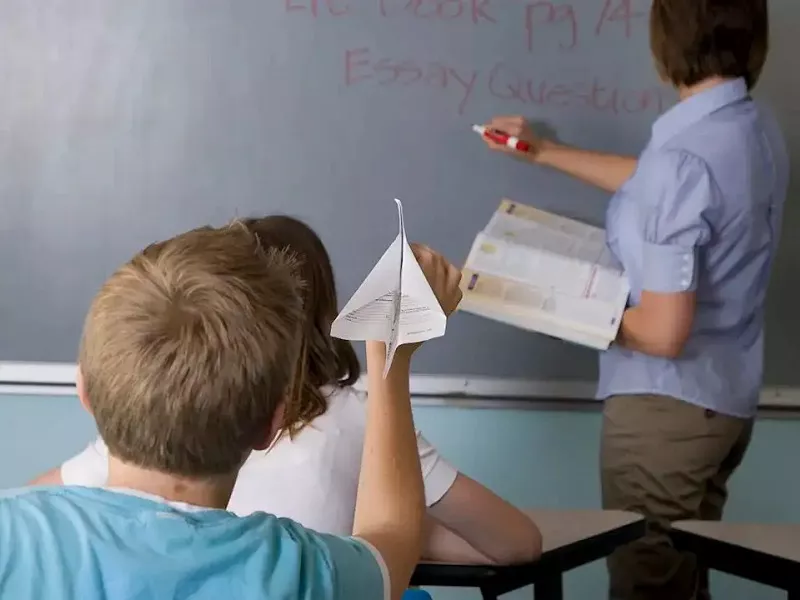The symptoms of ADHD:
1. Attention Defects
- The attention span is short and the attention is easily distracted. They often cannot filter out irrelevant stimuli and will respond to various stimuli. Therefore, when children are listening to lectures, doing homework or doing other things, it is often difficult to keep their attention for a long time, and they are dazed and distracted;
- Often distracted by the movement in the surrounding environment, and looking around or picking up conversations; doing things is often difficult to last, often doing another thing before finishing one thing;
- It is difficult to always follow the instructions and complete the required tasks; often do not pay attention to details when doing things, and often make mistakes due to carelessness;
- Often intentionally avoid or unwilling to engage in tasks that require a long time of concentration, such as homework, and fail to complete these tasks on time.
- Often lose things, lose their belongings or forget things;
- When talking to him/her, he is often absent-minded, like listening but not listening.
2. Hyperactivity
Hyperactivity refers to a child’s activity level that exceeds the level that is appropriate for his development compared with most children of the same age and sex.
- In infancy, the child is particularly lively and loves to crawl out of the cradle or car. When he starts to walk, he often uses running instead of walking;
- After the early childhood, the child behaves restlessly, cannot sit still, likes to climb up and down, rummages through boxes, and finds it difficult to do things and play quietly.
- After school, due to discipline and other restrictions, the children’s performance is more prominent. The child cannot sit still in class, twists and turns on the seat, makes many small movements, often plays with pencils, erasers and even schoolbag straps, talks to classmates, and even gets out of the seat; provokes classmates after class, talks a lot, runs and makes noise, and it is difficult to keep quiet. play.
- After entering puberty, the children’s small movements are reduced, but they may feel restless subjectively.
3. Good impulse
- Often interrupts or interrupts the conversation of others regardless of the occasion;
- Will often disturb or interfere with the activities of others;
- The teacher will often answer without permission before finishing the question;
- Will often climb high and low without considering the danger;
- Will recklessly cause harm to others or oneself.
- Children are often emotionally unstable, easily overexcited, impatient, angry or crying due to trivial matters, and even resist and aggressive behavior.
4. Cognitive Impairment and Learning Difficulties
Some children with this disorder have spatial perception disorders, audio-visual conversion disorders, etc. Although children with normal or near normal intelligence, due to attention deficit, hyperactivity and cognitive impairment, children often have learning difficulties, and their academic performance is often significantly behind the level of intelligence.
5. Emotional behavior disorder
Some children with this disorder develop anxiety and depression because they are often criticized by teachers and parents and rejected by their peers. About 20% to 30% of children are accompanied by anxiety disorders, and the incidence of this disorder and conduct disorder is as high as 30%. -58%. Adolescents with ADHD appear emotionally less mature than their peers. And it will be accompanied by more emotional and behavioral problems such as oppositional defiant disorder, impulsiveness, and tantrums. In fact, emotional and behavioral disturbances are often an important cause of social impairment in children with ADHD.





























